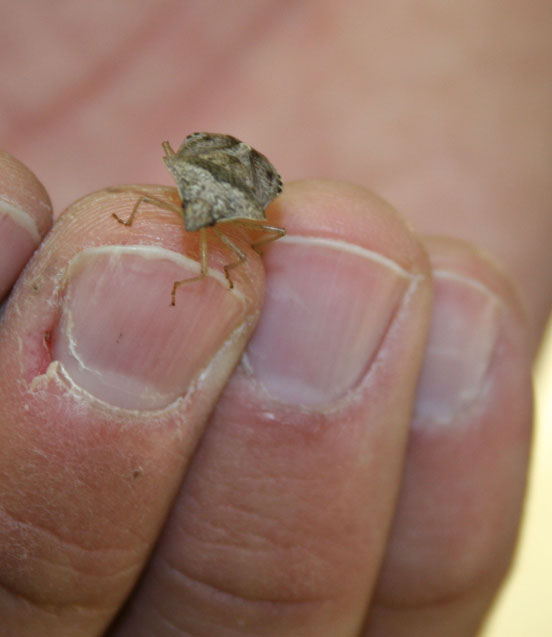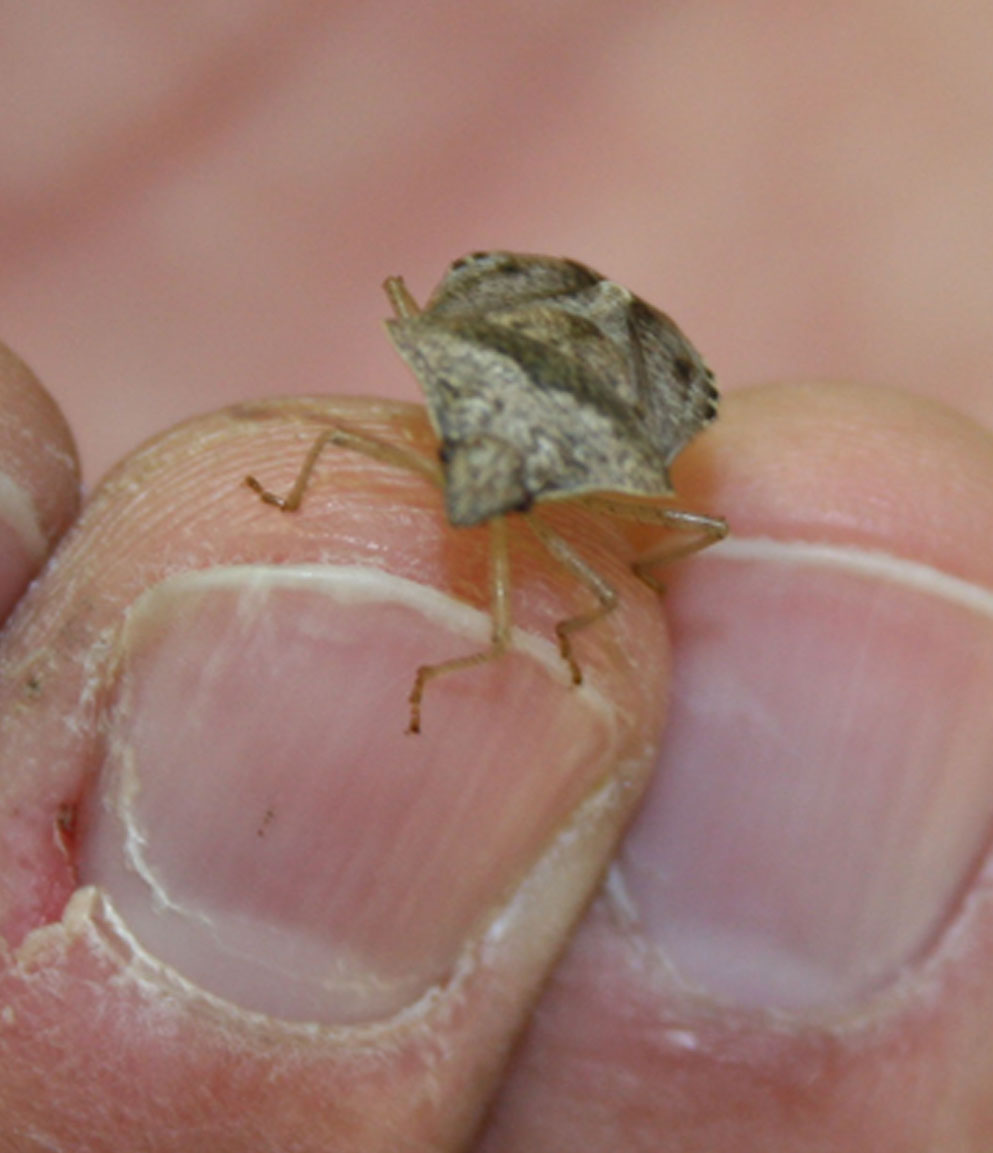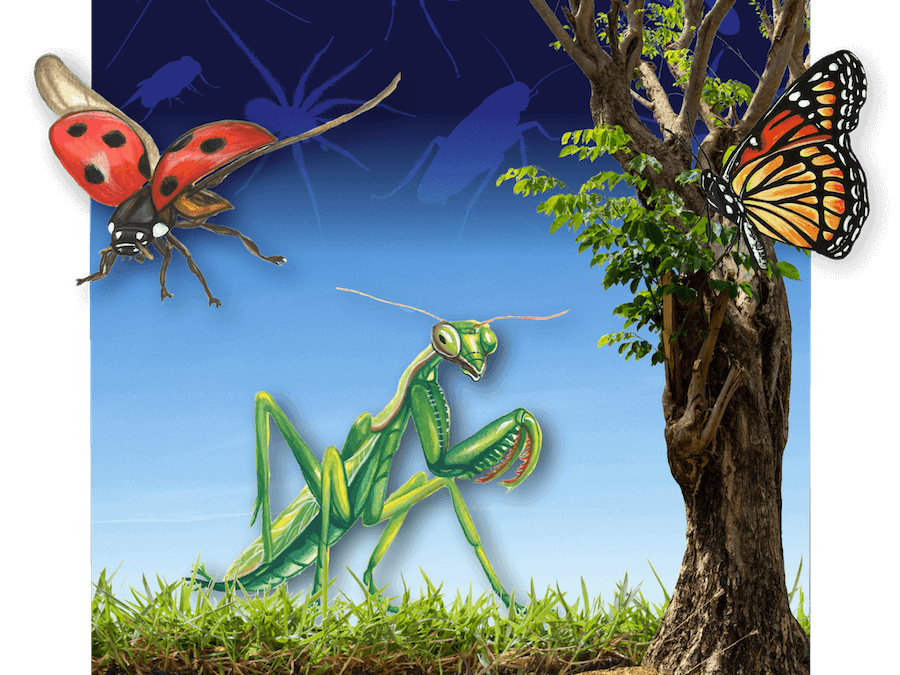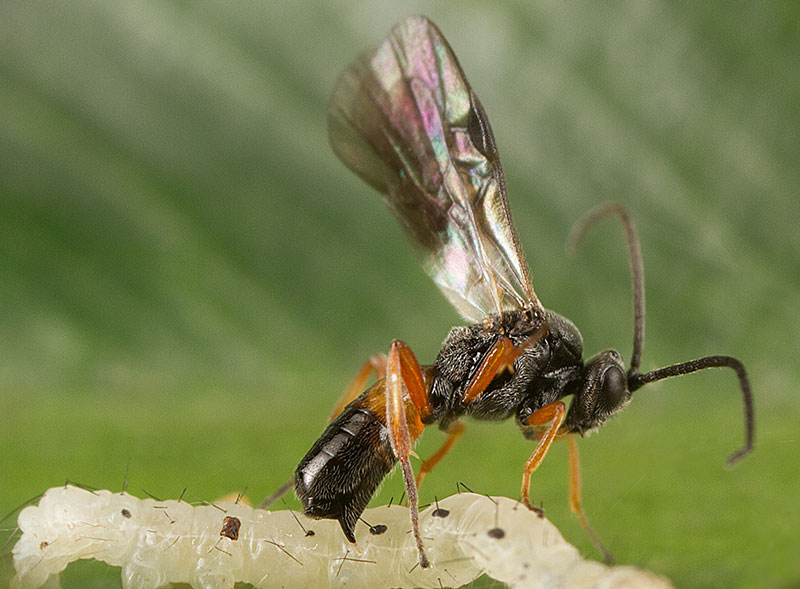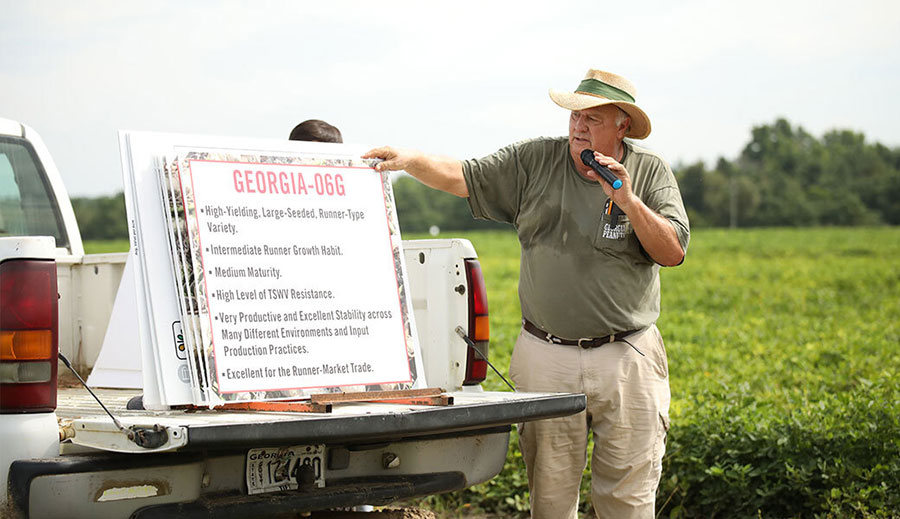One of the toughest crop pests to stop in Georiga is also the most economically devastating — the stink bug.
With piercing-sucking mouth parts, stinkbugs feed on cotton bolls, destroy the seeds and prohibit the growth of lint — the harvestable part of the cotton, according to Michael Toews an associate professor of entomology on the Tifton campus of the University of Georgia College of Agricultural and Environmental Sciences.
“My job is to identify and develop cost-effective ways of managing stink bugs that preserve yield and fiber quality for Georgia cotton farmers,” Toews said. “Currently, in the state of Georgia, this is our No. 1 economically-limiting insect pest.”
Toews estimates most Georgia cotton farmers will spray at least once for stink bugs during the bloom cycle.
Stink bugs also cause economic damage to various other Georgia crops, including vegetables, soybeans, corn and pecans. Not only do stink bugs feed on the seeds of these crops, they also transmit bacterial and fungal pathogens.
“Those pathogens can colonize and ruin everything in the whole cotton boll, not just that individual seed,” Toews said.
Insecticide use is the primary method for controlling stink bugs, though it can be costly, and sometimes less effective than expected. Brown stinkbugs are one of the three primary species found in Georgia. Unfortunately, this species is very tolerant of pyrethroids, the cheapest insecticide at the farmers’ disposal. Toews estimates that more than 60 percent of growers have brown stink bugs in their fields in the southwestern part of the state. With a strong resistance to pyrethroids, those farmers need to use a more expensive insecticide with a different mode of action, he said.
Toews is currently researching ways to better locate and treat stink bugs. One finding was that cotton fields located adjacent to either peanuts or soybeans tend to have more stink bugs. Toews encourages growers not to have contiguous borders of cotton with either soybeans or peanuts.
“What we’ve found is when you have a cotton field that shares a border with either soybeans or peanuts, we pick up stink bug movement from that adjacent crop into cotton once the cotton starts flowering,” Toews said. “Stink bugs typically stop on the edges when they’re initially colonizing the field. We’ve used strategies like border sprays, where we just drive around the field with a truck mounted mist blower, to spray those bugs. A grower can get by with much less insecticide but be just as effective.”
So where cotton fields do back up to soybean or peanut fields, farmers should target stink bugs by spraying only the first 40 feet on the cotton fields’ edges. This is where most of the population relocates upon moving. In such a scenario, growers can mitigate stink bug movement and avoid spraying the entire field. This method reduces insecticide use and development of insecticide resistance, while also reducing the risk of secondary pest outbreaks, Toews added.
Toews focuses on showing growers where they can expect to find stink bugs and providing recommendations on how to control them.
“My goal is to provide our growers with tools that allow them to most effectively target these insects in time and space,” he said. “Let’s use our insecticides wisely. They work well, but let’s use them judiciously so we get the maximum amount of benefit for every pound of insecticide, without creating new problems.”

